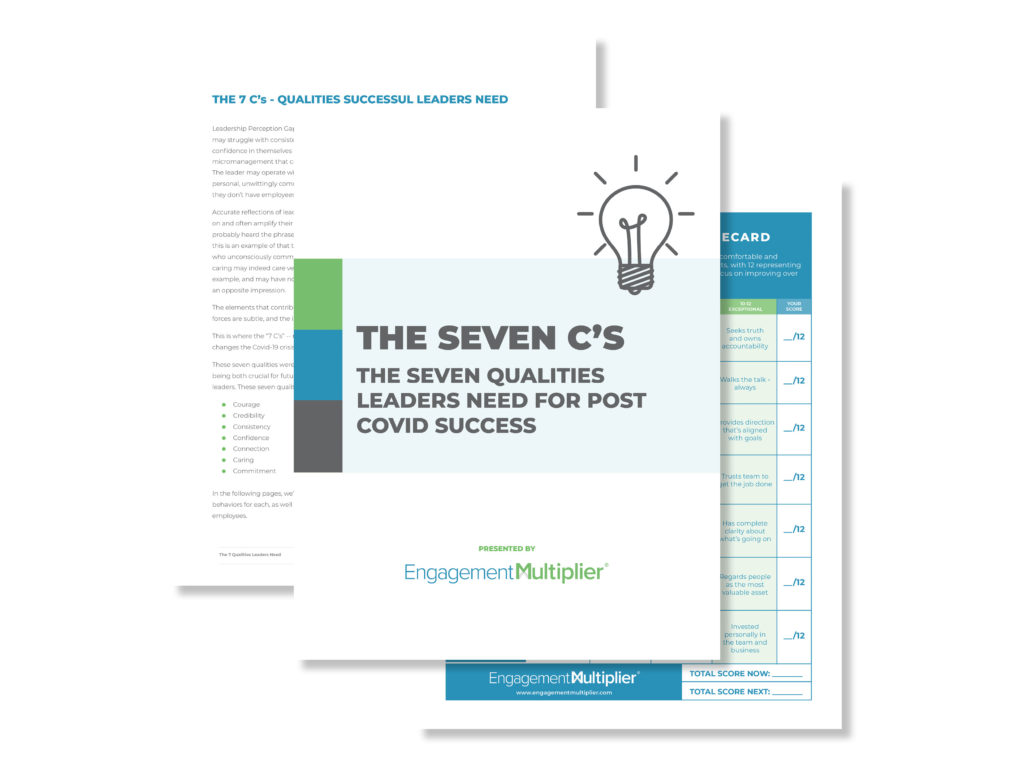One of the first – and hardest – leadership lessons many newly-minted leaders gain is responding to employee feedback. Successful leaders are quick to understand the relationship between vulnerability and leadership and learn to embrace feedback from both their peers and subordinates. However, for others, feedback can become a real Waterloo. Some are resistant when offered feedback, others become defensive, and we’ve even heard of leaders shutting entirely when the message isn’t one of glowing praise.
However, as a senior executive or HR professional, helping the members of your organisation’s leadership team embrace the feedback they receive is a crucial part of leadership development, as well as building a healthy culture and resilient, agile organisation.
Employee Feedback: Importance & Mindset
If you have leaders who aren’t open to feedback, introduce them to a new mindset, suggests our CEO and founder, Stefan Wissenbach, in order to help them understand the value such feedback presents.
Employee feedback (or, for that matter, any sort of feedback) presents a leader with two opportunities:
- The opportunity to correct a misunderstanding, or
- The opportunity to grow the business and become a better person.
The first is straightforward enough – if the feedback is wildly off base, the leader has the opportunity to correct the underlying misunderstanding. However, that still leaves the second opportunity – taking feedback about the business, policies, decisions, or even oneself on board.
Stefan suggests that you first take some time with the leader who is having difficulty, and talk about this mindset. During that conversation, it’s also important to understand why there is resistance to the feedback. The principle of “seek first to understand, and then be understood,” which was popularised by Stephen Covey, is a dynamite approach to disarming an issue.
Vulnerability and Leadership
The bravest leaders are those who aren’t afraid to be vulnerable – they are willing to seek and defer to others’ expertise. However, vulnerability in leaders is somewhat rare. That’s why Stefan notes that coachability is an essential quality to look for when hiring a new leader, or, for that matter, making an internal promotion.
“Prevention is better than a cure,” he says when discussing what to do when a leader responds poorly to feedback. “When hiring leaders, look for coachability and receptiveness to feedback.” In doing so, the organisation will increase the likelihood of selecting a leader with the humility needed to be vulnerable and embrace feedback.
However, when faced with a leader who resists taking feedback, it’s important to consider other forces in play. Insecurity commonly shows up as defensiveness, for example. The conversation structure Stefan recommends above will help you identify underlying causes of resistance to feedback.
In the event a leader needs some coaching, a useful tool is the Leadership Self-Reflection worksheet we included our ebook, “The Seven Qualities Successful Leaders Need for Post-Covid Success.” Have the leader read the ebook and fill out the worksheet in advance of the coaching session to lay the groundwork for an honest discussion about personal development. Our Leadership Perception Gap on-demand survey is also a useful tool to assess a team’s perception of their leader.
The Seven C’s eBook (US) | The Seven C’s eBook (UK)
“We’re in a world that changes by the minute and businesses need to be more far more agile than they ever have been. We’ve seen that through Covid, and it’s going to continue,” noted Stefan. “If you’re not agile, your business probably won’t survive. You need agile leaders, and to be agile you need to be receptive to feedback.”




